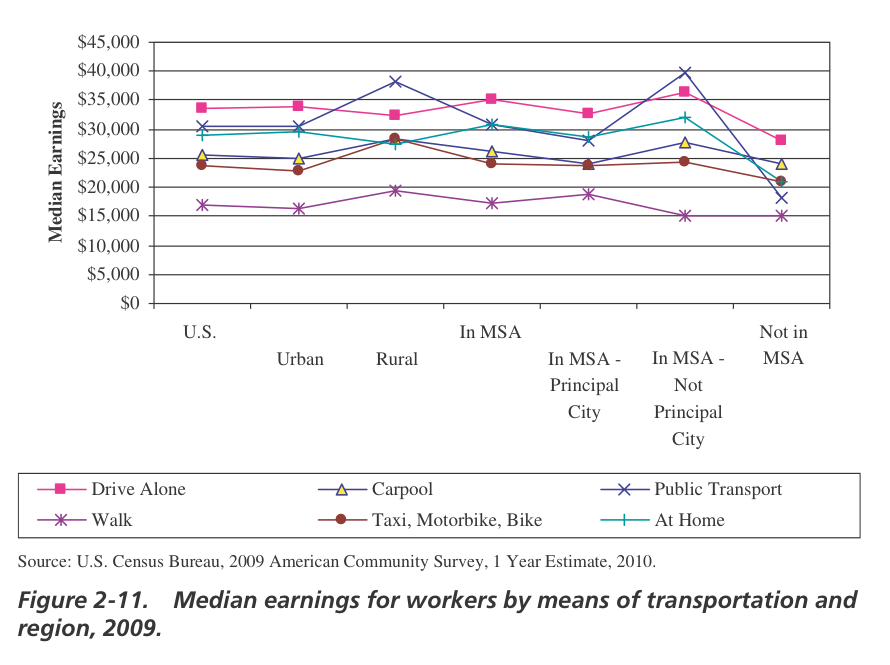TRANSPORTATION RESEARCH BOARD
Summary
Presidential Executive Order 12898, “Federal Actions to Address Environmental Justice in Minority Populations and Low-Income Populations,” directs federal agencies to identify and address the disproportionately high and adverse human health or environmental effects of their programs, policies, and activities on minority and low-income populations. Executive Order 13166, “Improving Access to Services for Persons with Limited English Proficiency,” requires federal agencies to improve access to federally conducted and assisted programs and activities for persons who, as a result of national origin, are limited in their English proficiency. Both executive orders are based on the Civil Rights Act of 1964, which prohibits discrimination on the basis of race, color, sex, or national origin by government agencies that receive federal funding. The number of U.S. residents for whom English is a second language is increasing, and the greatest proportion of these residents with limited English proficiency and low literacy fall within minority and low-income populations.
Fair treatment and meaningful involvement of all people and enforcement of all laws, regulations, and policies are essential principles to promote nondiscrimination, environ- mental justice, and the public health, safety, and welfare of all communities. Transportation agencies—state departments of transportation, metropolitan planning organizations, county and local governments, transit services, and tribal authorities—implement many different approaches to meet the letter and spirit of federal laws, regulations, and executive orders. Effective transportation decision-making depends upon recognizing, responding to, and properly addressing the unique needs, cultural perspectives, and financial limitations of different socioeconomic groups. Developing an understanding of the value systems and viewpoints of these groups can be greatly aided by implementing a comprehensive and inclusive approach to engaging the public in transportation decision-making processes.
Transportation agencies are finding that traditional public involvement techniques are often inadequate, effectively limiting meaningful involvement by traditionally under-served populations in the transportation decision-making process. Achieving meaningful involvement with the public means that potentially affected community stakeholders and residents have an opportunity to participate in decisions about a proposed activity that will affect their environment, safety, or health. It means that affected communities have an opening to influence government decisions and that all involved participants will be considered in the decision-making process.
There are times when agencies and practitioners despair that, despite their best efforts, the public is simply too busy with everyday life—at work, at home, at school, and at play— to care about planning or other transportation-related decisions. This may be true in some cases, but practitioners and agencies can look at the results of their efforts and ask themselves again whether they have done what they could to engage a sometimes distracted, but also sometimes distrustful public. Achieving meaningful involvement therefore may involve finding other creative ways to replace or augment traditional public meetings through the use of other kinds of events, other forums, other locations, other times, as well as with the right organizations, the right people, or the right incentives—to reach and connect with the affected public, including traditionally under-served populations.
About TRB’s National Cooperative Highway Research Program (NCHRP)
www.trb.org/NCHRP
“The National Cooperative Highway Research Program (NCHRP) conducts research in problem areas that affect highway planning, design, construction, operation, and maintenance nationwide. Information about NCHRP and other TRB activities is available in the TRB E-Newsletter. The NCHRP is managed by the Cooperative Research Programs of the Transportation Research Board.”
Tags: National Cooperative Freight Research Program, NCHRP, Transportation Research Board







 RSS Feed
RSS Feed